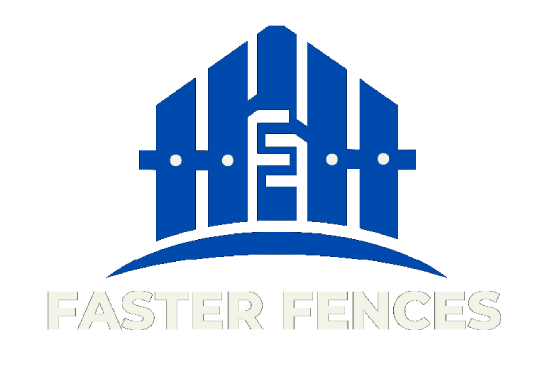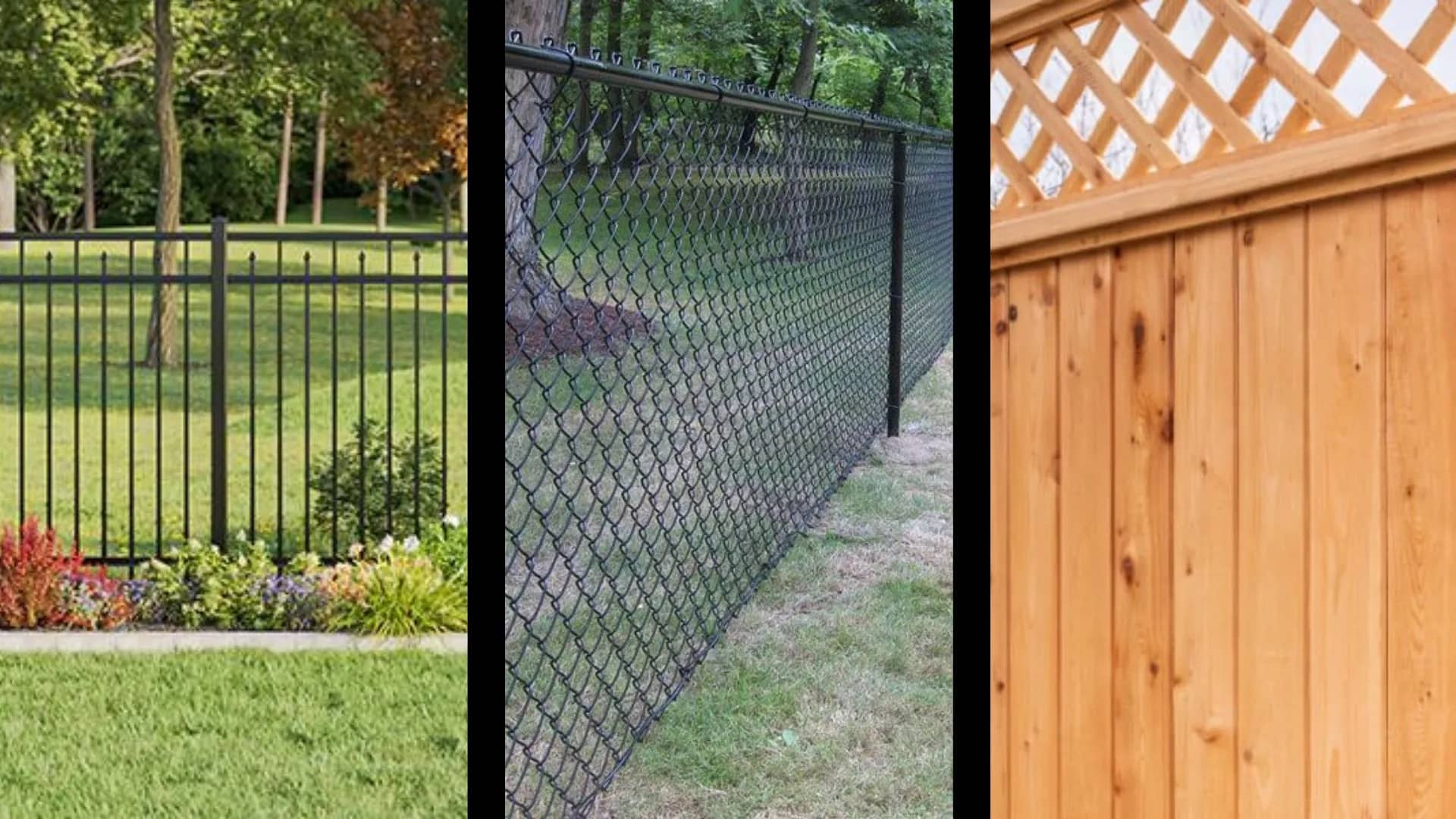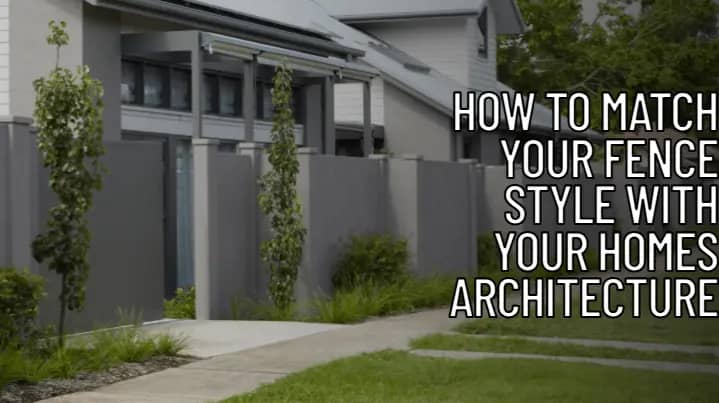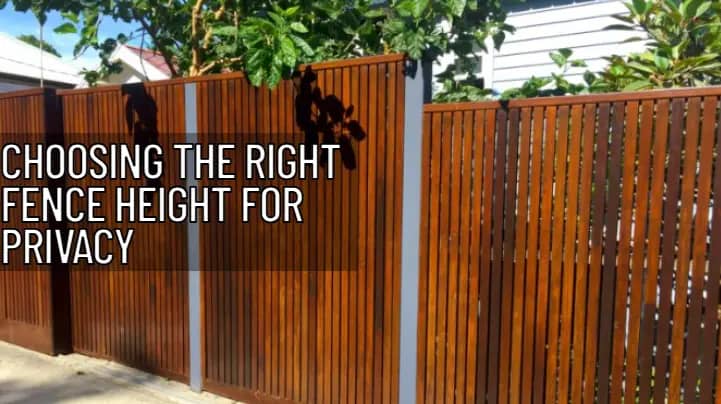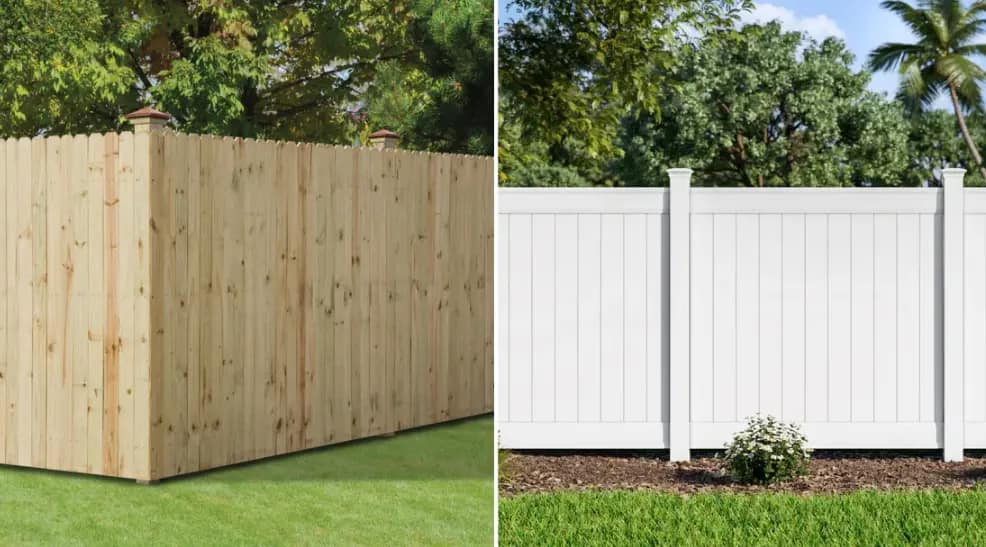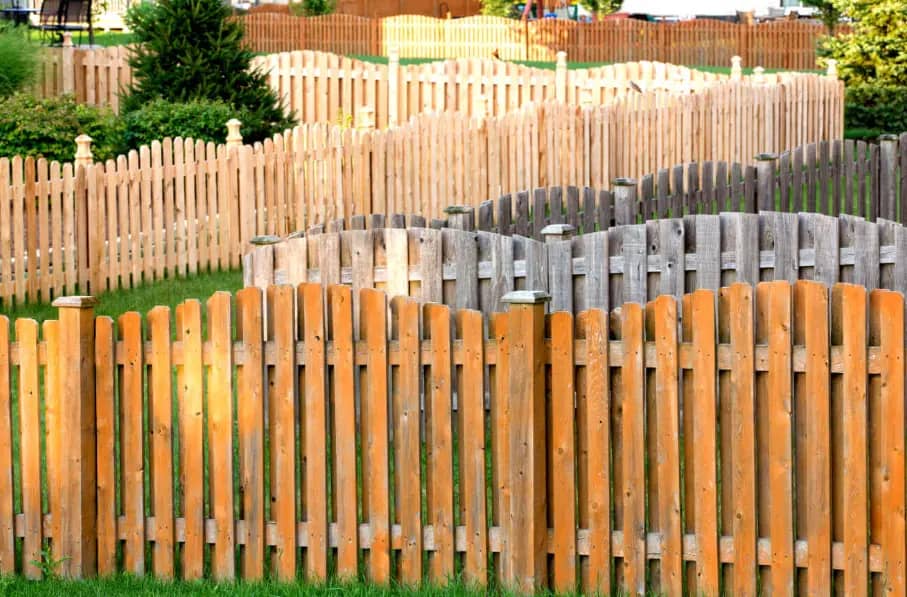Starting a fence project is a big step for any home or business owner. After all, you understand the impact of a quality fence on safety and security. To ensure a quality fence installation, the right materials are needed. It will help guarantee that your fence will stand the test of time and the challenge of the elements. It’s worth adding the positive effect it can have on the aesthetic aspect of your property.
Choosing the right materials for your fence construction project is an important decision. Whether you are hiring a contractor or going D-I-Y, you still need to make the right choices. So, here are a few tips that will help guide you in your decision-making.
1. Wood
Wood is one of the most popular fencing materials because of its classic and natural aesthetic. It’s highly customizable, allowing for various designs, from traditional picket fences to privacy fences. Common types of wood used for fencing include cedar, redwood, and pressure-treated pine.
Pros:
Natural beauty: Wood blends well with most landscapes and adds warmth.
Customizable: Wood can be painted, stained, or weather naturally.
Versatility: Wood fences suit many styles, including privacy, picket, and split-rail designs.
Cons:
Maintenance: Wood requires regular staining or painting to protect it from rot, insects, and weather damage.
Durability: Wood can warp, crack, or rot over time, especially if not properly maintained.
Cost: While affordable upfront, the ongoing maintenance can add to the overall cost of a wooden fence.
2. Vinyl
Vinyl fencing has grown in popularity due to its low maintenance and clean, modern look. It is made from durable plastic (PVC) that won’t rot, warp, or splinter.
Pros:
Low maintenance: Vinyl does not require painting, staining, or treating.
Durability: Vinyl is resistant to the elements, including moisture, which makes it less prone to damage than wood.
Appearance: Vinyl comes in different colors and styles, mimicking the appearance of wood while offering a sleek finish.
Cons:
Cost: Vinyl fences can have a higher initial cost compared to wood, though the lack of maintenance can offset this over time.
Flexibility: Vinyl is less sturdy than other materials and may become brittle in extreme cold, making it prone to cracking.
Limited repair options: If a section of a vinyl fence is damaged, it can be difficult to repair without replacing the entire panel.
3. Aluminum
Aluminum is a lightweight yet durable material commonly used for ornamental fences. It is often chosen for its clean, elegant appearance and its resistance to rust.
Pros:
Durability: Aluminum fences are resistant to rust and corrosion, making them ideal for regions with high moisture.
Low maintenance: Aluminum does not require painting or staining and can last for decades with minimal upkeep.
Appearance: Aluminum provides a classic, decorative look without the heavy upkeep of wrought iron.
Cons:
Strength: Aluminum is not as strong as steel, and it may not be the best choice for high-security fencing.
Cost: While more affordable than wrought iron, aluminum fences can be more expensive than wood or vinyl.
Limited privacy: Aluminum fences are often designed with spaced pickets, offering little to no privacy.
Choosing the right material for your fence construction project depends on your priorities, whether it’s aesthetics, privacy, security, durability, or budget. Wood offers natural beauty, vinyl requires minimal maintenance, and aluminum provides a durable solution. Understanding the pros and cons of each material will ensure that you choose the best option for your specific needs. For proper guidance, contact us at Faster Fences – the most trusted name in fence services in the US.
